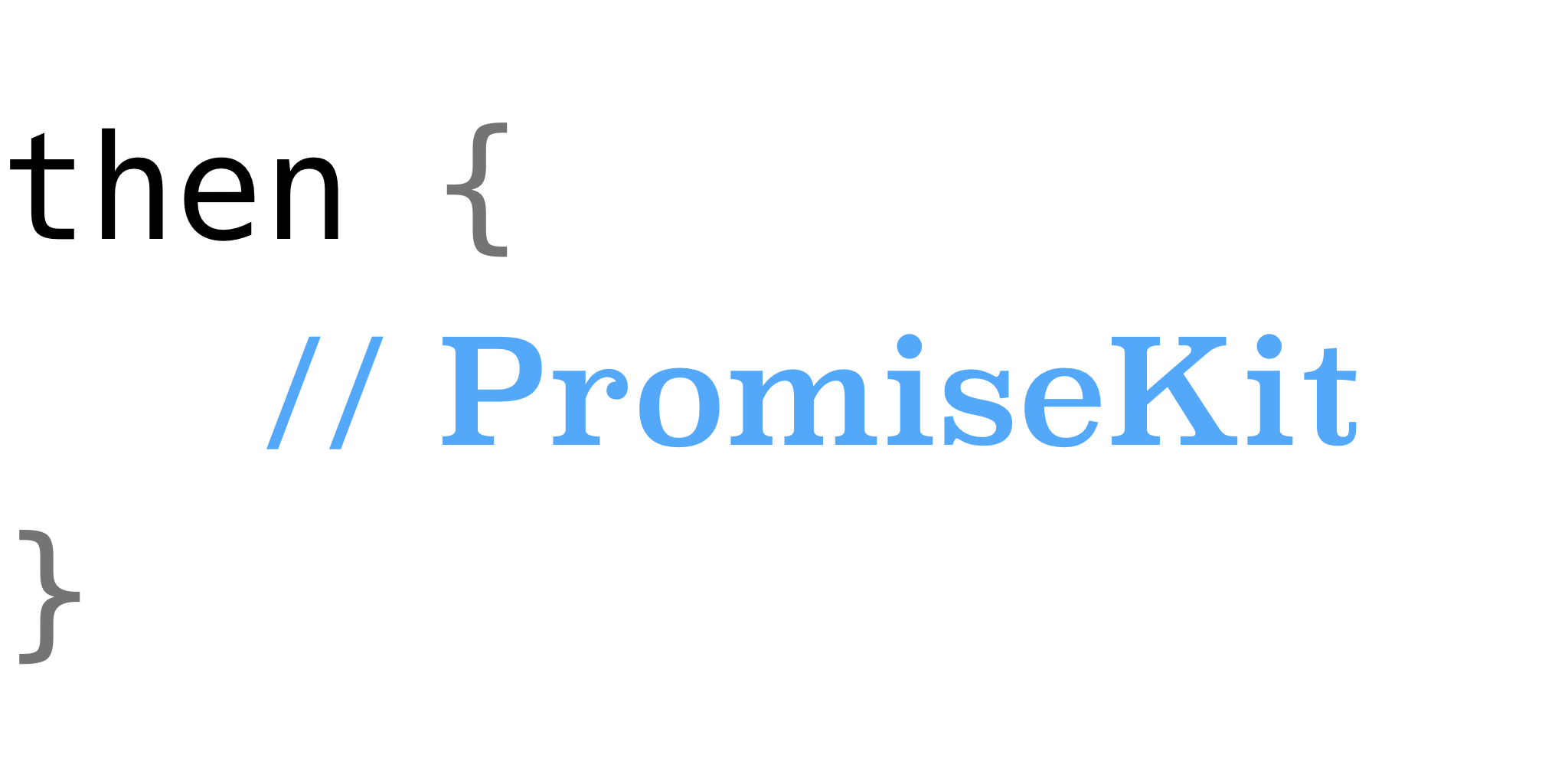Best practice: iBeacon
![]()
Welcome to the next part of the series of “How to deal with BLE in the background“.
In the previous part, I guided you how to keep your app alive as long as possible when your app enters to background mode by using State Preservation and Restoration technique supported by Apple. However, there are some usecases this technique can not handle, as described below (refer to Apple document: Conditions Under Which Bluetooth State Restoration Will Relaunch An App)![]()
As you can see, there is a common case when users force quit the app from the multiple task view (Whether accidentally or intentionally), the Restoration technique can not awake your app. Let’s imagine that your app has a feature allows users to press a button on your BLE-connected devices to find where their phone is, but if your app is not running or is not able to wake up to handle the BLE signal sent from your devices, this feature would be useless.
In this post, I will show you a technique using iBeacon to deal with this case, which makes your app another chance to wake up despite it is terminated by users. Let’s drive-in!







